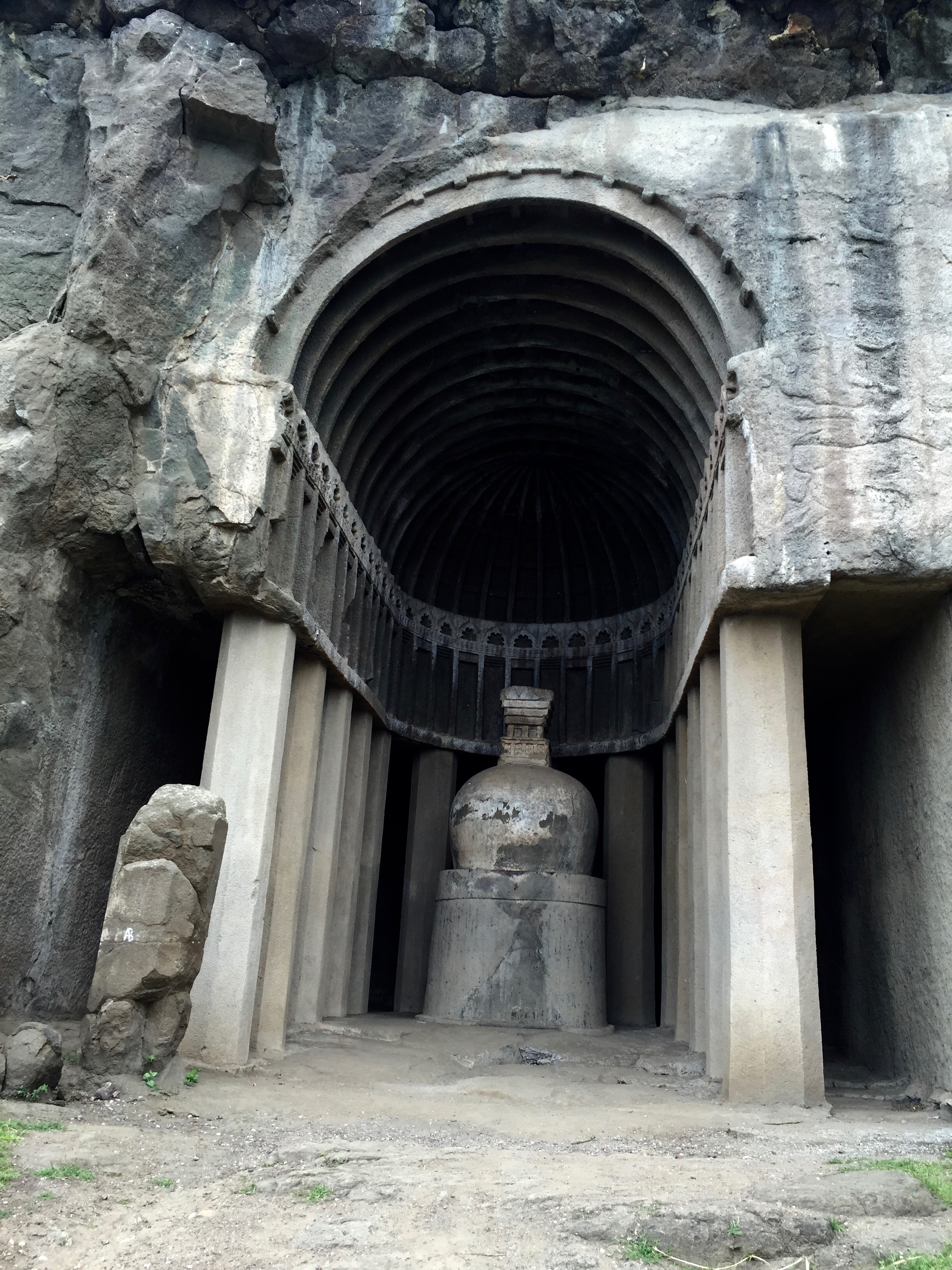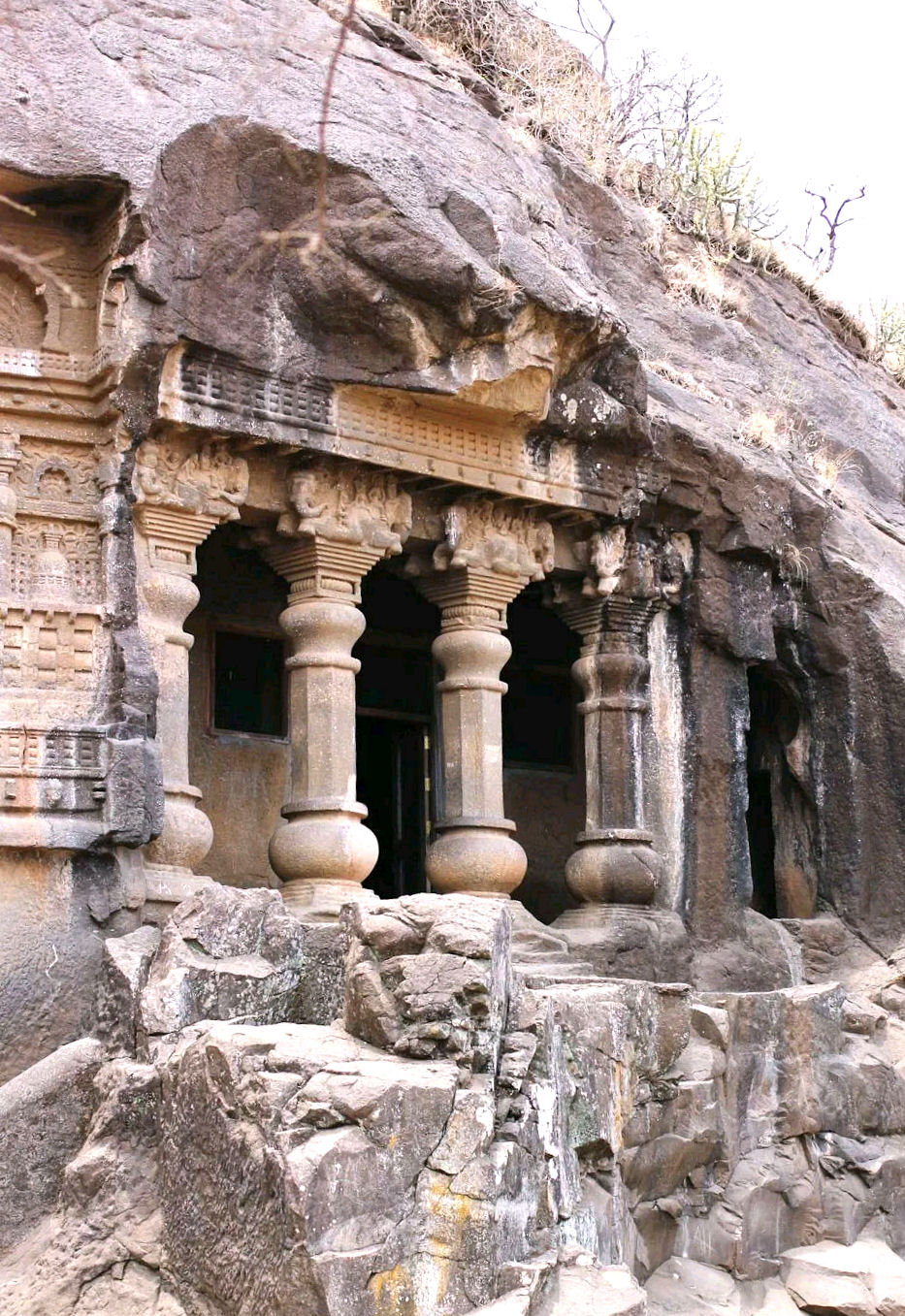The Shirdi Sai Baba Temple stands as a profound testament to spiritual transcendence, embodying the extraordinary life and teachings of a mystic who bridged religious divides. Nestled in the small Maharashtra village of Shirdi, this sacred site commemorates Sai Baba, a spiritual master whose influence extended far beyond conventional religious boundaries.
Sai Baba's remarkable journey began when he arrived in Shirdi around 1858, initially living beneath a neem tree and drawing curiosity from local villagers. His unique appearance—a blend of Hindu and Muslim spiritual aesthetics—challenged traditional religious distinctions. Wearing a distinctive Sufi robe and cap, he represented a syncretic spiritual approach that welcomed followers from diverse backgrounds.
The temple's core narrative revolves around Sai Baba's extraordinary spiritual practices. He maintained a sacred fire, or dhuni, within an old mosque, distributing sacred ash known as 'Udi' believed to possess healing properties. His teachings were elegantly simple, emphasizing universal spiritual principles that transcended religious sectarianism. He encouraged Hindus to read the Ramayana and Bhagavat Gita, while recommending the Qur'an to Muslim devotees.
Miraculous stories surrounded Sai Baba's life, contributing to his growing reputation as a spiritual luminary. By 1910, his fame had spread significantly, particularly in Mumbai, where people recognized him as a saint capable of extraordinary supernatural interventions. His death on October 15, 1918, during the Vijayadashami festival, marked a pivotal moment in the temple's spiritual history.
The architectural magnificence of the Shirdi Sai Baba Temple reflects its spiritual significance. Adorned with gold-covered interiors and exteriors, the temple features a marble statue of Sai Baba dressed in royal cloth and fresh flower garlands. This stunning design attracts thousands of pilgrims daily, with visitor numbers often reaching 100,000 during major religious festivals.
Cultural diversity and spiritual inclusivity define the temple's essence. Managed by the Shri Sai Baba Sansthan Trust, it maintains traditions dating back to Sai Baba's lifetime. Weekly events like the Thursday Palanquin procession demonstrate the living spiritual heritage. The temple provides free meals and accommodation, embodying Sai Baba's philosophy of universal compassion.
Disciples and spiritual successors like Mahalsapati and Upasani Baba Maharaj further expanded Sai Baba's philosophical legacy. His influence extended across religious communities, with followers from Hindu, Muslim, and even Zoroastrian traditions recognizing his profound spiritual wisdom. Meher Baba, a prominent Zoroastrian spiritual master, referred to him as a "Master of the Universe".
The Shirdi Sai Baba Temple represents more than a religious site—it is a living embodiment of spiritual unity, transcending religious boundaries and offering a universal message of love, compassion, and inner transformation. Its ongoing significance continues to inspire millions, making it a crucial landmark in India's rich spiritual landscape.








